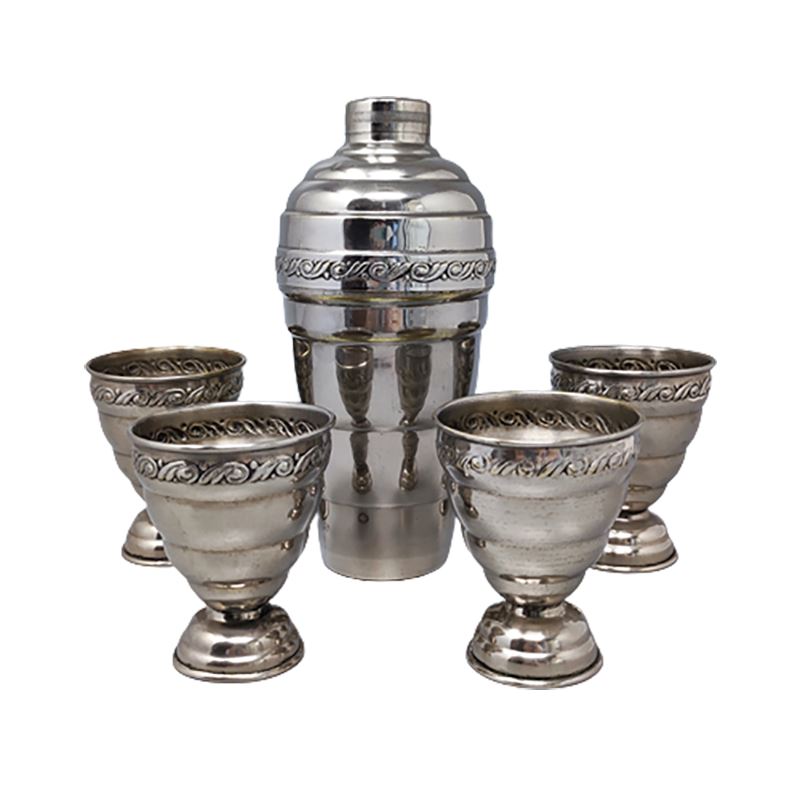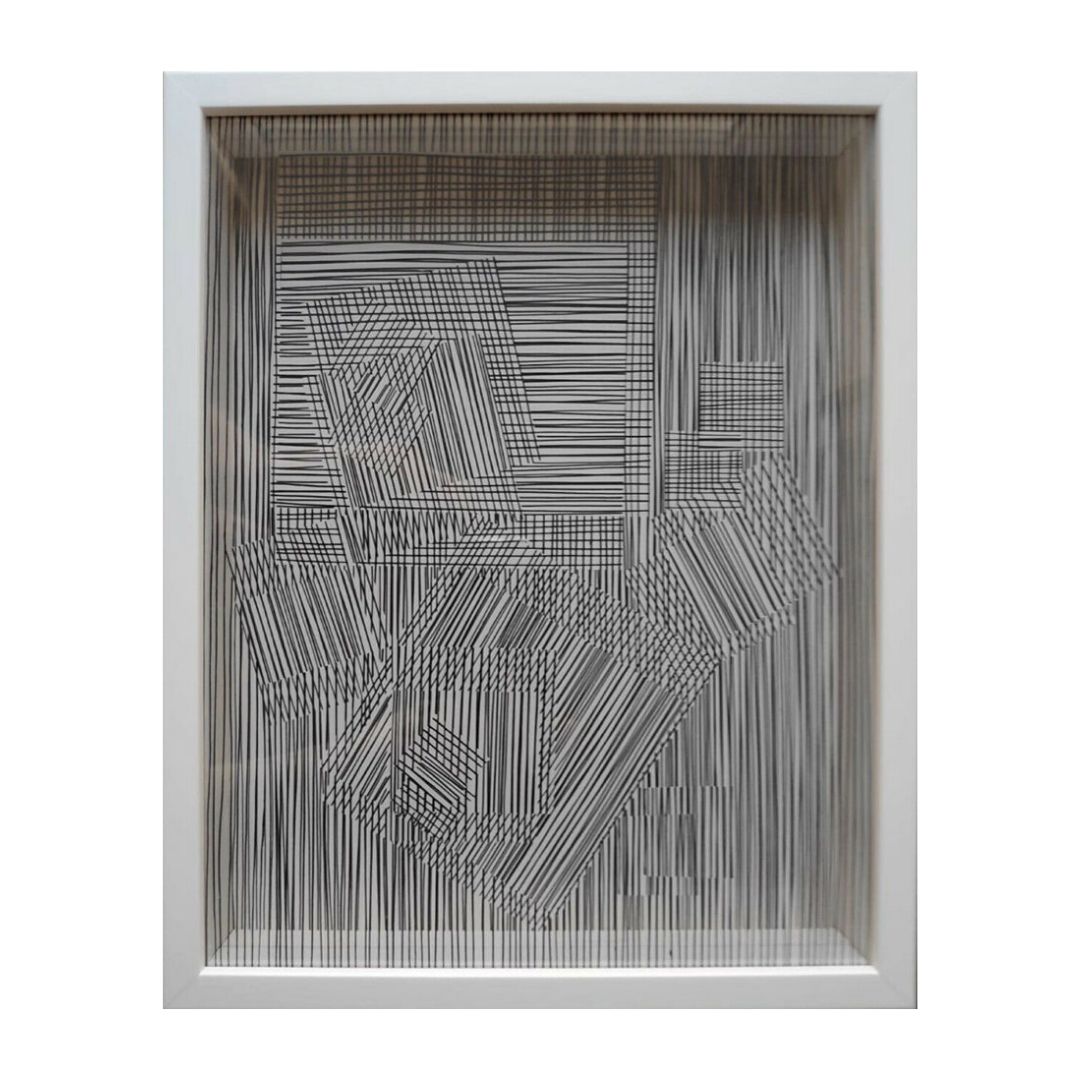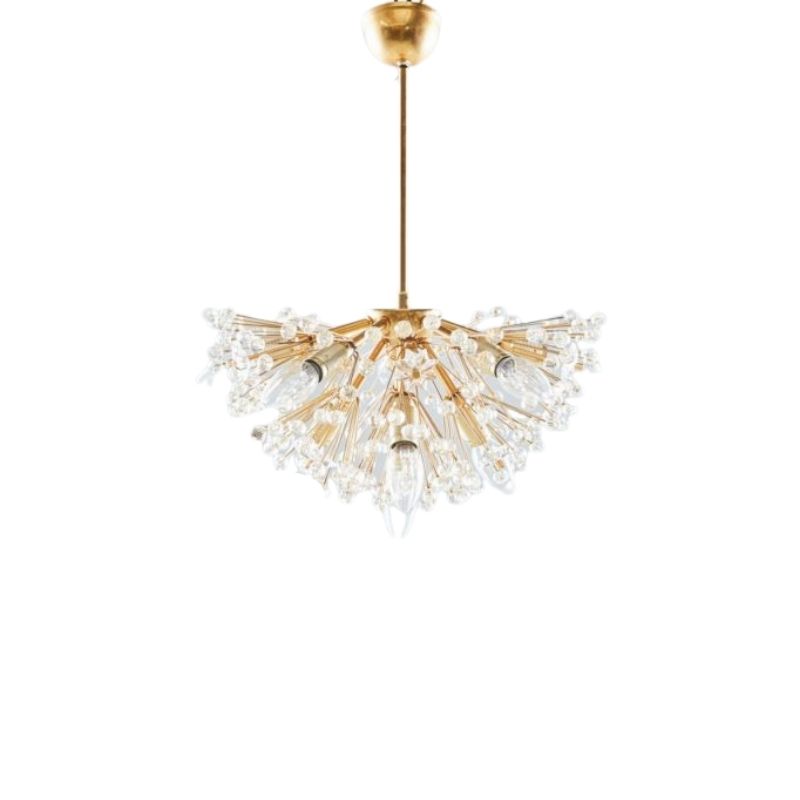HI to you all.
I have moller model 20 rosewood sideboard which need re-varnishing and wondered if there are any tips on the end result using original cellulose varnished instead of the more common polyurethane that is used today.
I see lots of items done in PU but have so far not seen any done in Cellulose.
Has anyone got any advice?
It gets complicated, Simon.
If, by "polyurethane" you mean the polymer-based, solvent-soluble varnish you can buy at the hardware store, it is typically intended as a brush-on finish and cures by chemical reaction as the solvent evaporates. Once cured, it is no longer affected by mineral spirit solvents.
Nitrocellulose finishes, OTOH, are not usually found in local paint stores and are intended as fast-drying spray-only finishes that cure by evaporation. They remain soluble in lacquer-thinner once dry.
Nitrocellulose is often preferred by production shops because it offers similar performance to polyurethane without the disadvantages of finicky application or a long drying time, but it does require specialized equipment and experience.
CAB or cellulose acetate butyrate is another popular production spray finish for its less yellow, less brittle characteristics.
Poly and rosewood
Hi Simon
I never used cellulose varnish but I have finished rosewood with poly. Poly and rosewood could be a tough combo due to the oily nature of rosewood, you can end up with a very sticky mess. I like to use a wipe on poly with very thin coats, humid weather is your worst enemy. Do not know how much experience you have with poly and rosewood but if it is limited remember less is best, take your time, and dry air is your best friend regards Joe.
Two nice
responses in a row. Thanks, fellas. What you say reinforces my own limited experience(s) with finish products and methods. I've used and recommended wipe-on poly, though one of my first tries taught me to estimate carefully and plan for the amount of area one wishes to cover and to rub out in one pass.
True rosewood
is so dense and hard that it can be polished to the point where no finish at all or just a little wax is required. In fact, it seems almost a sin to apply a varnish in some cases, as the bare polished surface possesses an exquisite quality to the touch.
Rosewood does have a nasty reputation for dimensional instability, however, especially in solid pieces displaying other than straight grain. I suppose a varnish barrier might help the wood to acclimate more slowly to rapid changes in relative humidity. Due to rosewood's tendency to warp and check as it dries, as well as its scarcity, we see it most commonly used only as thin veneers, if at all, anymore.
Veneers on surfaces exposed to heavy use or excessive UV I can see benefiting from a topcoat of varnish, but a chair made from solid stock? If the wood seems stable, as it should after 30 or more years, I'm not so sure. Maybe a light oiling and waxing if the surface seems dry and oxidized.
I decided to go
With the oil finish and brought the sideboard up to glory using 600 grain wet n dry paper and oil.
Result is now on da
http://www.designaddict.com/design_radar/index.cfm/fuseaction/design_rad...øller_model_20/
If you need any help, please contact us at – info@designaddict.com









